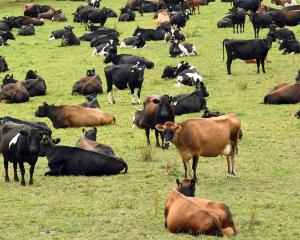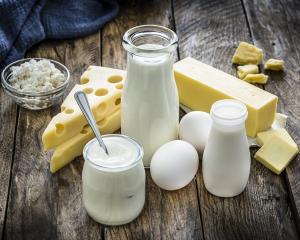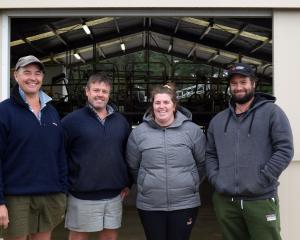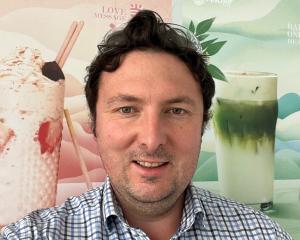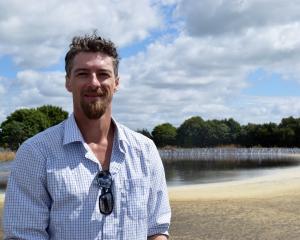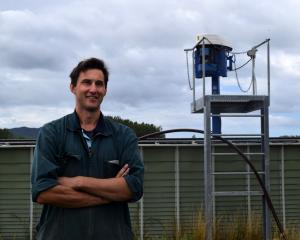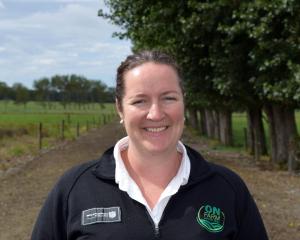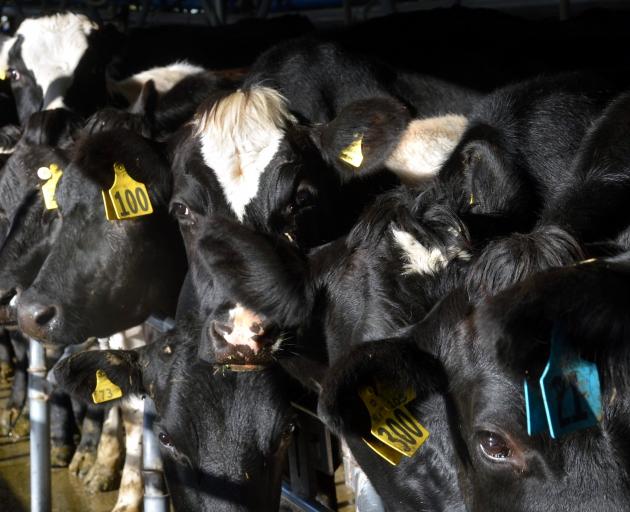
Methane emissions from livestock like sheep and dairy cows account for around a third of New Zealand's emissions.
The animals themselves did not produce methane, but rather a group of microbes, called methanogens, that lived in the stomach (rumen), and produced methane, mainly from hydrogen and carbon dioxide when digesting feed.
Scientists here and around the world have been pushing toward a solution, and one promising feed supplement, 3-NOP, has already been found to cut methane in overseas barn-fed systems by up to 30 per cent.
The Netherlands-headquartered multinational behind it, DSM, has carried out small highly-controlled experiments with 3-NOP in New Zealand's pasture-based farms, and DairyNZ was now planning farm-scale tests.
The technology, which worked by stopping bacteria in a cow's rumen from converting hydrogen into methane, was expected to soon be available to European farms.
But DSM's global boss Christoph Goppelsroeder said his company was facing a regulatory hurdle in bringing 3-NOP to market here.
While Europe's framework had been designed to accommodate technology that improved environmental, there was no such "slot" here, Goppelsroeder told the Herald during a visit to New Zealand last week.
"We've had a little bit of a roadblock here with registration – we cannot even file, because there is no category for it."

"The milk business is a competitive business globally, and it's important that New Zealand farmers don't fall behind what European farmers can do."
A spokesperson for Shaw's office said officials had been asked to investigate options and provide advice – but added that both ministers had made it clear that these sorts of products needed to meet a "robust regulatory process".
"A timeframe on when officials can come back with that advice has yet to be determined."
Mark Aspin, general manager of New Zealand's collaborative Pastoral Greenhouse Gas Research Consortium, said 3-NOP appeared to be an effective inhibitor, and any step forward was a good one.
But how it could be applied to New Zealand's farms - and whether it could achieve the same results - was another question.
"When cows are getting it in every mouthful, that's quite different to being able to be fed twice a day like in a dairy situation here," Aspin said.
"And what we don't know about it is the impact on milk or meat and we haven't seen the data on that.
"We would hope that it's benign, but given some of the things that have happened with other products in New Zealand in the last few years, you would appreciate the industry is going to br taking a pretty critical to eye to it."
Further, he was sceptical about 3-NOP being able to reach a 30 per cent reduction rate here.
"There is a massive amount of work happening through our consortium, with $75m put into the challenge to this point of time. We are certainly making some ground and 3-NOP is certainly the first of its class, internationally, and it's looking really promising," Aspin said.
"But we've got a few questions that we want to be really clear about, and unfortunately, the expectation that we'll get 30 per cent is a pretty challenging one to front to."
It comes as a New Zealand-led team of scientists this month revealed they'd identified for the first time the main rumen microbes and enzymes that both produced and consumed that hydrogen.
These findings were important because scientists could now begin to target the supply of hydrogen to methanogens as a new way of reducing animal methane emissions.
Work would now focus on screening specific compounds that could reduce the supply of hydrogen to the methane producers without compromising animal performance.
Comments
Pity there isn't a way to stop humans from breathing out c02, that would 'fix' a lot of emissions as well as 'fixing' these cows.
What a wonderful example of how NZ vested interests, are more concerned about protecting their patch, than dealing with what we have been told is the problem.
I'm sure these guys will team up with the lot that are focused on reducing farm profitability and forcing up food prices, after all, they have envy and the farmer in common.



